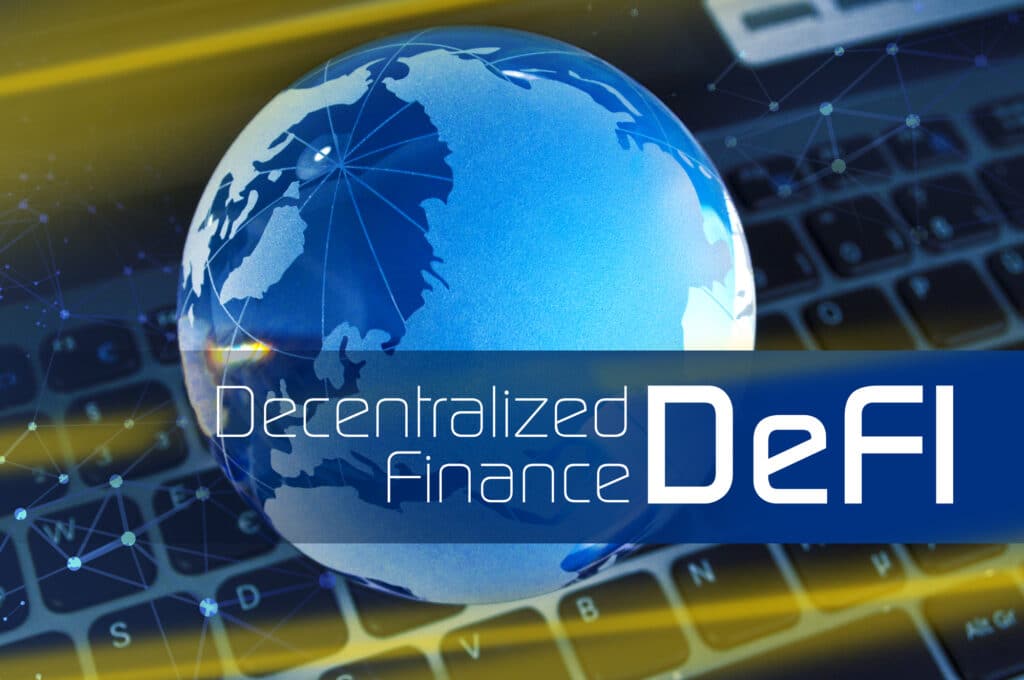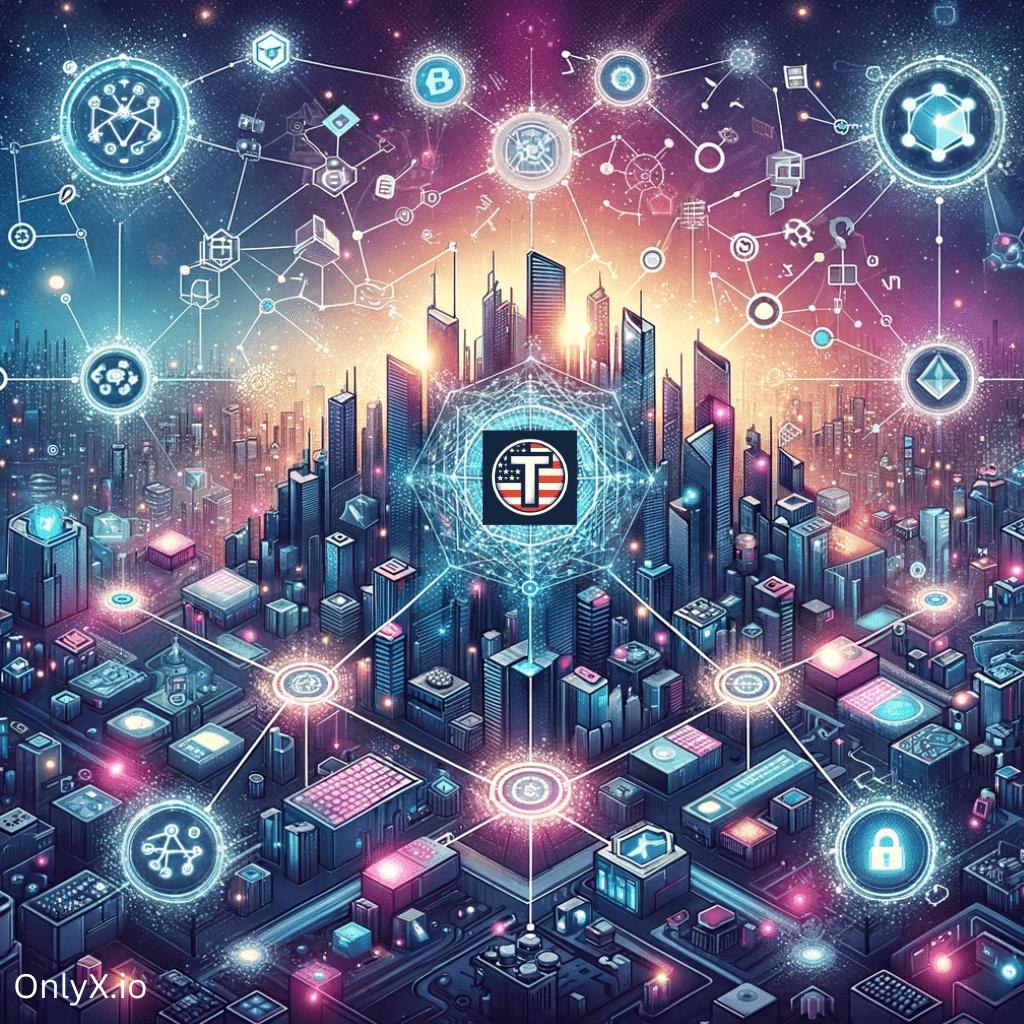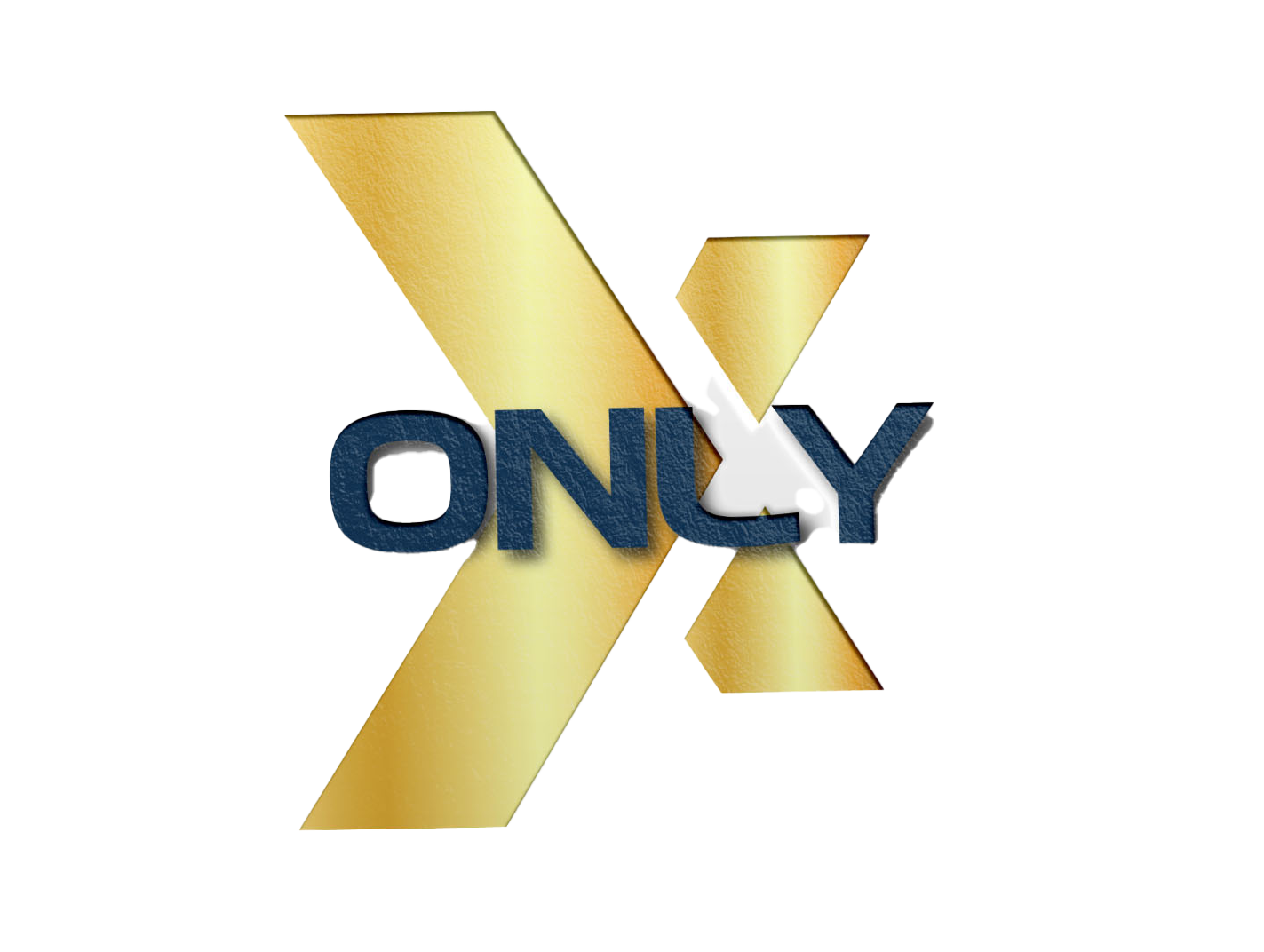Decentralized finance (DeFi) continues to gain traction as a revolutionary way of delivering financial services. Progress has had its reverses, not least caused by the actions of bad actors like Sam Bankman-Fried and his enablers. But the underlying promise remains powerful. Indeed, by harnessing the power of blockchain technology and smart contracts, DeFi enables individuals and institutions to access financial products and services without the costly need for intermediaries like banks and other traditional financial institutions. This groundbreaking approach to finance has the potential to dramatically alter the global financial landscape and bring previously unavailable resources to individuals and organizations.

One of the key advantages of DeFi is its inclusivity and permissionless nature. People with internet access and a crypto wallet participate in various financial services regardless of their location or socioeconomic background. This promotes financial inclusion and opens the doors for unbanked individuals to access essential services such as loans and investments. Furthermore, DeFi puts users in direct control of their financial assets, while fostering greater transparency and security in financial transactions. Overall, the adoption of decentralized finance has the potential to create a more equitable and efficient financial system, empowering many more users to take control of their financial destinies.
Decentralized Finance vs Traditional Finance
Key Distinctions
Decentralized finance (DeFi) has gained significant traction in recent years, driven by its advancements in technology and accessibility. DeFi relies on public blockchains, eliminating intermediaries and allowing users to access financial services directly through internet-connected devices and crypto wallets. In contrast, traditional financial services, also known as centralized finance, operate within a centralized system and heavily rely on banks and other financial institutions to facilitate transactions.
DeFi offers several advantages over traditional financial systems. For instance, it provides users with direct access to financial markets, bypassing the need for intermediaries such as banks. Additionally, DeFi platforms are programmable, fostering the development of various innovative financial applications that can cater to a wider range of users and use cases. These applications often offer better rates and lower fees than traditional financial services.
Limitations of Traditional Finance
Traditional finance faces some challenges not present in DeFi systems. One such limitation is the potential for outsized influence by centralized entities, such as banks or governments; these institutions can impose regulations and limitations on financial transactions. Furthermore, access to traditional financial systems often requires users to go through a lengthy application process and rigorous background checks, possibly excluding numerous potential participants from taking part in the financial network. While anti-money laundering (AML) and know-your-customer (KYC) mandates provide needed consumer protections, they can become mired in the bureaucracies and risk-averse nature of traditional financial institutions. DeFi innovations can streamline those processes, too.
Centralized finance also suffers from reduced transparency since transactions and activities within the system are typically hidden from public view. This lack of transparency can lead to a devaluation of trust and increase the risk of fraudulent activities. Additionally, the traditional financial system is often slower in processing transactions, especially cross-border payments, due to the multiple intermediaries involved in the process.
Decentralized finance addresses many of these limitations. By using public blockchain technology, DeFi transactions are transparent and verifiable. DeFi platforms also tend to provide faster transaction speeds, better security, and increased accessibility compared to their traditional counterparts. By leveraging the innovative capabilities of blockchain technology, decentralized finance presents itself as a viable alternative to traditional financial services.
Building Blocks of Decentralized Finance
Decentralized Finance (DeFi) is an emerging financial ecosystem built on foundational concepts of blockchain, cryptocurrencies, and smart contracts. Let’s explore these building blocks and how each contributes to the DeFi landscape.
Blockchain Technology
At the core of DeFi is blockchain technology, a decentralized and distributed ledger system that provides security, transparency, and accessibility to financial workflows. A network of computers called nodes maintains blockchains, and each node possesses a copy of the entire transaction history. This design facilitates ‘trustless’ transactions (that is, transactions where you don’t need to trust a counterparty implicitly) and reduces the dependence on centralized authorities or intermediaries.
The Ethereum blockchain is a prominent platform for DeFi applications, as it supports the implementation of smart contracts. However, other blockchains, such as Bitcoin and various alternatives, contribute to the growing DeFi landscape as well.
Smart Contracts
Smart contracts are self-executing pieces of code that facilitate and enforce the terms and conditions of a digital agreement. They automatically execute predefined actions when specific conditions are met, eliminating the need for intermediaries to oversee or verify transactions.
These programmable contracts run on blockchain platforms (most popularly, Ethereum) and provide the backbone for many DeFi applications, including decentralized exchanges, lending platforms, and yield farming strategies. The automation and efficiency of smart contracts underpin the DeFi ecosystem’s ability to create innovative and frictionless financial services.
Cryptocurrencies
Cryptocurrencies are digital assets that serve as a medium of exchange and a store of value in DeFi, offering users mediums of exchange that give them access to various financial services and applications. They rely on encryption technologies like cryptography to secure transactions and maintain transparency.
Some well-known cryptocurrencies include Bitcoin and Ethereum’s native currency, Ether (ETH), among numerous other alternative coins or tokens. These digital assets not only facilitate transactions within the DeFi ecosystem but also act as collateral for borrowing and lending.
The use of cryptocurrencies in DeFi applications, combined with the robustness of blockchain technology and the versatility of smart contracts, enables the DeFi sector to grow and expand rapidly. These building blocks have paved the way for an increasingly accessible and transparent financial system, enabling continued innovation and enhanced user experiences in decentralized finance.
DeFi Components and Ecosystem
Decentralized finance (DeFi) has a diverse ecosystem comprising various components that work together to provide financial services in a decentralized manner.

Lending and Borrowing
One of the core components of DeFi is lending and borrowing. DeFi lending and borrowing platforms enable users to earn interest on their assets and borrow against them without the need for intermediaries. Some popular lending and borrowing protocols include AVE, Compound, and MakerDAO. These platforms leverage smart contracts to automate the process and ensure transparency and security.
Asset Management
Asset management in the DeFi ecosystem involves platforms that allow users to manage their crypto assets efficiently. Users can engage in activities such as portfolio management, yield farming, and liquidity provision. A good example of DeFi asset management platform is Only X. Our platform aims to optimize returns and minimize user risks, all within a decentralized environment.
Insurance
DeFi insurance is an emerging component that seeks to protect users and their assets against various risks, including smart contract failures, hacks, and other unforeseen events. The insurance offerings usually come in the form of decentralized protocols like Nexus Mutual. Users can purchase insurance policies with their crypto assets to secure their investments in various DeFi platforms.
Exchanges
Decentralized exchanges (DEXes) like that built by Only X are crucial elements in the DeFi ecosystem, allowing users to trade their digital assets without the need for a centralized intermediary. DEXs typically employ automated market makers (AMMs) to establish a liquid trading environment. Examples of popular DeFi exchanges include Uniswap, SushiSwap, and Curve. Users interact with these exchanges through their own preferred crypto wallets, keeping control of their assets at all times.
The main beneficiary of all this innovation? The owners of digital assets who wish to actively manage their portfolio without the complications of traditional financial middlemen.
DeFi Drives Global Access and Inclusion for Financial Services
Global Accessibility
Decentralized finance (DeFi) aims to provide a more inclusive and accessible financial landscape for individuals, regardless of their location or internet connection. Unlike traditional finance, DeFi solutions do not rely on centralized institutions, which often have strict requirements for user participation and are bound by geographic limitations. By leveraging blockchain technology, DeFi platforms allow users to access financial services from anywhere in the world, as long as they have an internet connection. This creates opportunities for enhanced financial inclusion among the unbanked and underbanked populations, who can now participate much more directly and affordably in the global financial ecosystem.
Permissionless Systems
One of the key advantages of DeFi is its permissionless nature. Traditional financial institutions often impose barriers to entry, such as minimum account balances, credit scores, or income levels. These risk-based requirements can exclude large portions of the population from accessing basic financial services. DeFi platforms, on the other hand, remove these barriers by offering solutions that are open to anyone, regardless of their financial background or history.
For example, by using DeFi platforms, users can easily acquire loans or participate in decentralized savings and investments without the need for traditional intermediaries like banks. This permissionless approach leads to more diverse and inclusive financial opportunities, as well as increased competition and innovation in the space. Ultimately, the permissionless nature of DeFi platforms fosters an environment that encourages greater accessibility to financial services for everyone, contributing to the overall goal of financial inclusion.
Security, Risks, and Regulations
DeFi Security Measures
Decentralized finance (DeFi) platforms implement various security measures to ensure users’ assets are safe and secure. Smart contracts are at the core of DeFi, which are self-executing agreements with the terms of the contract written directly into code. Because these contracts are executed on blockchain platforms, they benefit from the underlying security of these networks. Significant attention is given to the development, auditing, and testing of smart contracts to minimize vulnerabilities.
Additional security measures employed by DeFi platforms include:
- Multi-sig wallets: These require multiple signatures from authorized parties before transactions can be executed, adding an extra layer of protection.
- Layer two solutions: Implemented to improve scalability and reduce transaction costs, layer two solutions can also add security features to DeFi projects.
- Combating front-running: DeFi platforms may implement decentralized order matching protocols that help prevent front-running, a practice where malicious actors manipulate the market to their advantage.
Inherent Risks
Despite the security measures, DeFi platforms still face several inherent risks, such as:
- Smart contract vulnerabilities: Bugs or flaws in a smart contract’s code can lead to hackers exploiting them, resulting in user funds being stolen or locked. A new hybrid exchange, OnlyX.io, addresses this by not only following industry standards but also subjecting them to a complete audit before deployment.
- Liquidity risks: DeFi platforms often rely on liquidity pools. A sudden withdrawal of a large amount of funds can create liquidity crises, leading to financial losses for investors. Only X has implemented price impact warnings to alert users about the potential for high price impact due to low liquidity. This can occur when there is a lack of buyers or sellers for a particular token, leading to significant price changes with even small trades.
- Impermanent loss: When providing liquidity to DeFi protocols, users may experience temporary loss of their assets’ value, known as impermanent loss. This risk arises from the fluctuating prices of assets in a liquidity pool. Only X provides a wide array of assets to enable customers divest their portfolio for better risk management
- Oracle manipulation: DeFi platforms depend on data from external oracles to obtain essential information, such as asset prices. Bad actors may manipulate oracles to provide false data and exploit the system. Only X Oracles use Public key infrastructure (PKI) to ensure perfect secrecy.
Current and Potential Regulations
As DeFi continues its rapid growth, regulators are trying to keep up with its challenges and opportunities. Currently, some DeFi platforms may fall under the jurisdiction of regulatory bodies such as the United States Securities and Exchange Commission (SEC) or the Commodity Futures Trading Commission (CFTC), depending on the nature of their services and operations.
Possible future regulations may focus on:
- Compliance with anti-money laundering (AML) and know-your-customer (KYC) laws: Regulators may require DeFi platforms to implement KYC and AML protocols to prevent illicit activities and protect customers.
- Consumer protection: Ensuring that investors are adequately informed about DeFi projects and their risks, along with suitable risk management policies.
- Licensing and registration: DeFi platforms may need to register with relevant regulatory bodies to ensure transparency, fairness, and compliance with security measures, as well as investor protection measures.
Advantages of Decentralized Finance
Cost and Efficiency
One of the key benefits of decentralized finance (DeFi) is the potential for reduced costs and increased efficiency in financial transactions. Traditional banks often charge various fees for transactions, account maintenance, and other services. In contrast, DeFi platforms can minimize or even eliminate these fees by automating processes and cutting out intermediaries. For instance, using smart contracts in DeFi transactions can lead to lower costs and faster execution.
Moreover, DeFi enables instant and seamless cross-border transactions, without the need for waiting periods typically associated with traditional banks. This can especially benefit users who live in different countries and need to send or receive payments across borders.
Transparency
Transparency is a major advantage of decentralized finance. DeFi transactions are recorded on the blockchain, a digital, distributed ledger that is publicly accessible and virtually tamper-proof. This means that all parties involved in a transaction can view its details, fostering trust and reducing the chances of fraud.
As opposed to traditional finance, where information may be hidden or difficult to obtain, DeFi platforms provide visibility on important financial aspects such as interest rates, liquidity pools, and transaction history. Because of this increased transparency, users can make more informed decisions about their investments and financial activities.
Economic Opportunities
Decentralized finance offers numerous economic opportunities to a wider audience. DeFi platforms are permissionless and inclusive, which means anyone with a crypto wallet and internet connection can access their services, regardless of their location or socioeconomic status. This democratization of finance can open doors for people who would otherwise be excluded from traditional banking systems, offering them alternatives for saving, investing, and borrowing.
Innovative DeFi tools, such as lending protocols, decentralized exchanges, and yield farming, provide users with new income sources and investment options. These economic opportunities can lead to greater financial inclusion and wealth generation for individuals in various parts of the world.
Emerging Trends and Innovations
The world of decentralized finance (DeFi) is continuously evolving, giving rise to innovative trends and solutions that promise to reshape the financial landscape. In this section, we explore three key emerging trends in DeFi: Yield Farming, Synthetic Assets, and Flash Loans.
Yield Farming
Yield farming, sometimes referred to as liquidity mining, has become a popular practice among DeFi users to maximize their returns on investments. It involves lending digital assets to create liquidity pools that facilitate decentralized exchanges and other financial services. In return, investors receive interest, fees, or tokens as rewards.
One of the primary drivers of yield farming’s popularity is the potential for high returns, even though it carries inherent risks like fluctuating asset prices and potential smart contract vulnerabilities. Nevertheless, the growth of yield farming can be attributed to DeFi’s flexibility and the opportunities it provides for users to easily switch between various lending platforms and strategies, optimizing their yield.
Synthetic Assets
Synthetic assets are digital tokens that represent real-world financial assets like stocks, commodities, and currencies. They allow users to gain exposure to the underlying assets’ value without actually owning them. This removes traditional barriers such as geographical restrictions, high fees, and lengthy processes associated with traditional financial markets.
DeFi platforms enable the creation and trading of synthetic assets by using smart contracts and decentralized applications. These platforms have seen significant growth due to their potential to provide a wider range of investment opportunities and improve financial inclusion in underserved markets. The increasing adoption of synthetic assets demonstrates the evolving landscape of digital finance.
Flash Loans
Flash loans have emerged as an innovative solution that offers uncollateralized loans in the DeFi ecosystem. The loans are executed and repaid within a single transaction, hence the name “flash” loans.
The primary use cases for flash loans include arbitrage, collateral swapping, and self-liquidation. They provide users with ample liquidity to take advantage of market inefficiencies and execute financial strategies in real-time, without the need for collateral. While flash loans contribute to the growing accessibility of DeFi services, they also pose risks such as potential exploitation and market manipulation.
These emerging trends showcase the transformative potential of DeFi, offering increasingly diverse opportunities for innovation, financial inclusion, and global access to financial services.
Frequently Asked Questions
How does DeFi improve financial accessibility?
Decentralized Finance (DeFi) aims to provide financial services without central authority or intermediaries, thus making it more accessible to users worldwide. By using cryptocurrency and blockchain technology, DeFi democratizes access to financial products and services, particularly for those who might be underserved by traditional banking systems1.
What makes DeFi more secure than traditional finance?
DeFi relies on blockchain technology, which is a decentralized and transparent system. This technology enables secure and tamper-resistant transactions, reducing the risks associated with a centralized financial system2. In addition, DeFi solutions often utilize smart contracts, which are self-executing agreements that run on the blockchain, minimizing the potential for human error or manipulation.
Why is composability beneficial in DeFi?
Composability in DeFi refers to the ability to easily combine and interact with various protocols and applications3. This feature enables developers to build innovative solutions by leveraging existing components, consequently fostering rapid growth and innovation within the DeFi ecosystem. Additionally, composability encourages collaboration and synergies among different DeFi projects, further enhancing the overall user experience.
How do DeFi protocols reduce transaction costs?
One of the major benefits of DeFi is the elimination of intermediaries, such as banks and financial institutions, which tend to charge fees for their services4. These fees are often a result of administrative overhead and processing costs. By cutting out middlemen and enabling peer-to-peer transactions on the blockchain, DeFi reduces transaction costs and promotes more efficient financial transactions.
What role does transparency play in the DeFi ecosystem?
Transparency is a key component of DeFi, stemming from the open nature of blockchain technology5. All transactions are publicly visible and auditable on the blockchain, giving users assurance that their funds are being handled securely and providing an increased level of trust in the system. This transparency also offers insight into the inner workings of DeFi protocols, which can help users make informed decisions when participating in the DeFi ecosystem.
How does DeFi enable better interest rates for users?
DeFi platforms often provide more competitive interest rates compared to traditional financial institutions. This is possible because DeFi operates with lower overhead, as it does not rely on central authorities or intermediaries6. As a result, DeFi platforms can offer higher yields on deposits, loans, and other financial products, making them an attractive option for users looking to maximize returns on their investments.
Sources:
Medium: 5 most-asked questions about Decentralized Finance (#DeFi) ↩
https://coinmooner.com/defi/defi-vs-traditional-finance ↩
https://coindcx.com/blog/cryptocurrency/decentralized-finance-vs-traditional-finance/ ↩
https://medium.com/stably-blog/decentralized-finance-vs-traditional-finance-what-you-need-to-know-3b57aed7a0c2 ↩
https://www.investopedia.com/decentralized-finance-defi-5113835 ↩
What Is Decentralized Finance (DeFi) and How Does It Work? – Investopedia ↩
Decentralized Finance: A Detailed Beginner’s Guide to DeFi – Permission.io ↩


